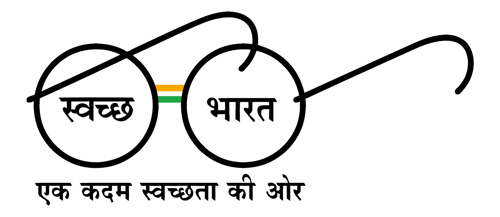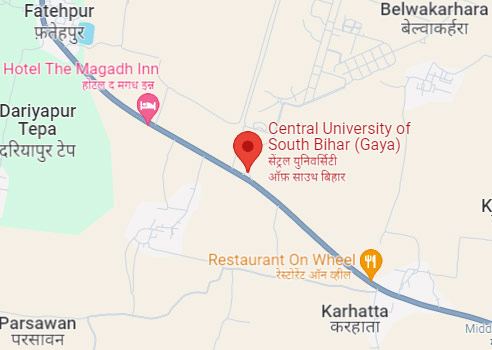Facilities
Physics is an experimental science. In absence of experimental validity, even our grandest ideas are just speculation. Anyone who is planning on becoming a physicist must develop basic understanding of how an experiment works and how the data is analysed.
With this goal in mind, we have designed our syllabus where theoretical courses are well-supplemented by appropriate experiments. In a short span of time we have developed well-equipped laboratories for both the undergraduate and post-graduate courses. Some of the experiments that are carried out in the postgraduate programme are listed below. However, the list is not exhaustive and new experiments are being added time to time in the given list.
Research facility
| Dielectric Measurement |

|
| Hydraulic Press |
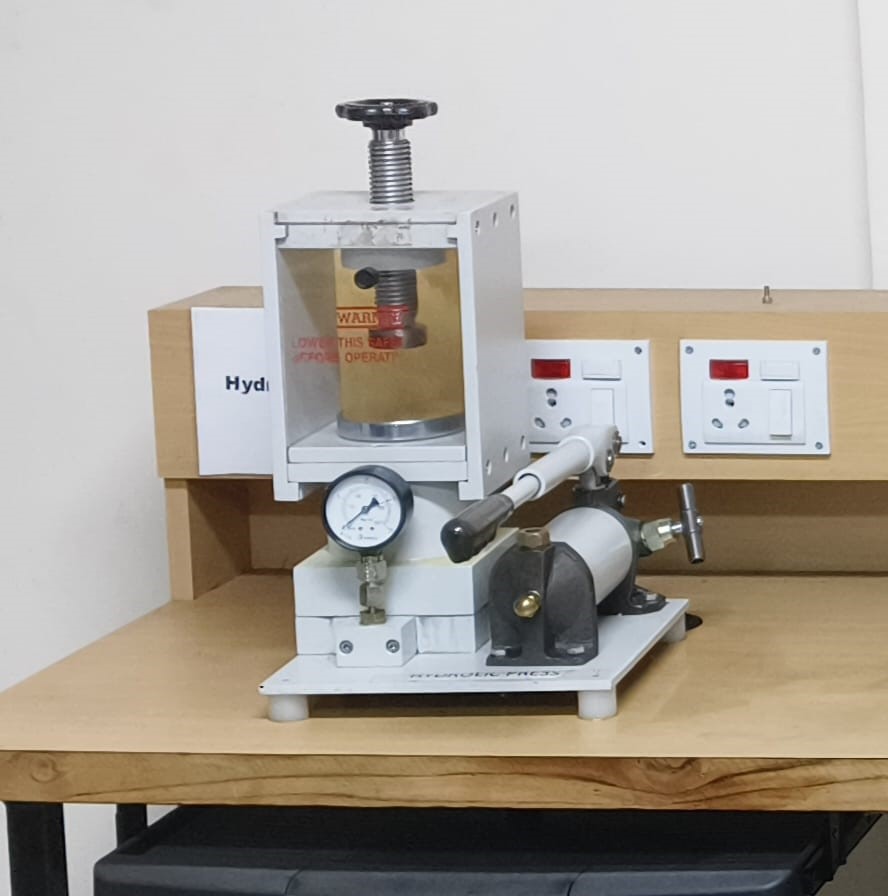
|
| PE – Hysteresis Loop Tracer |
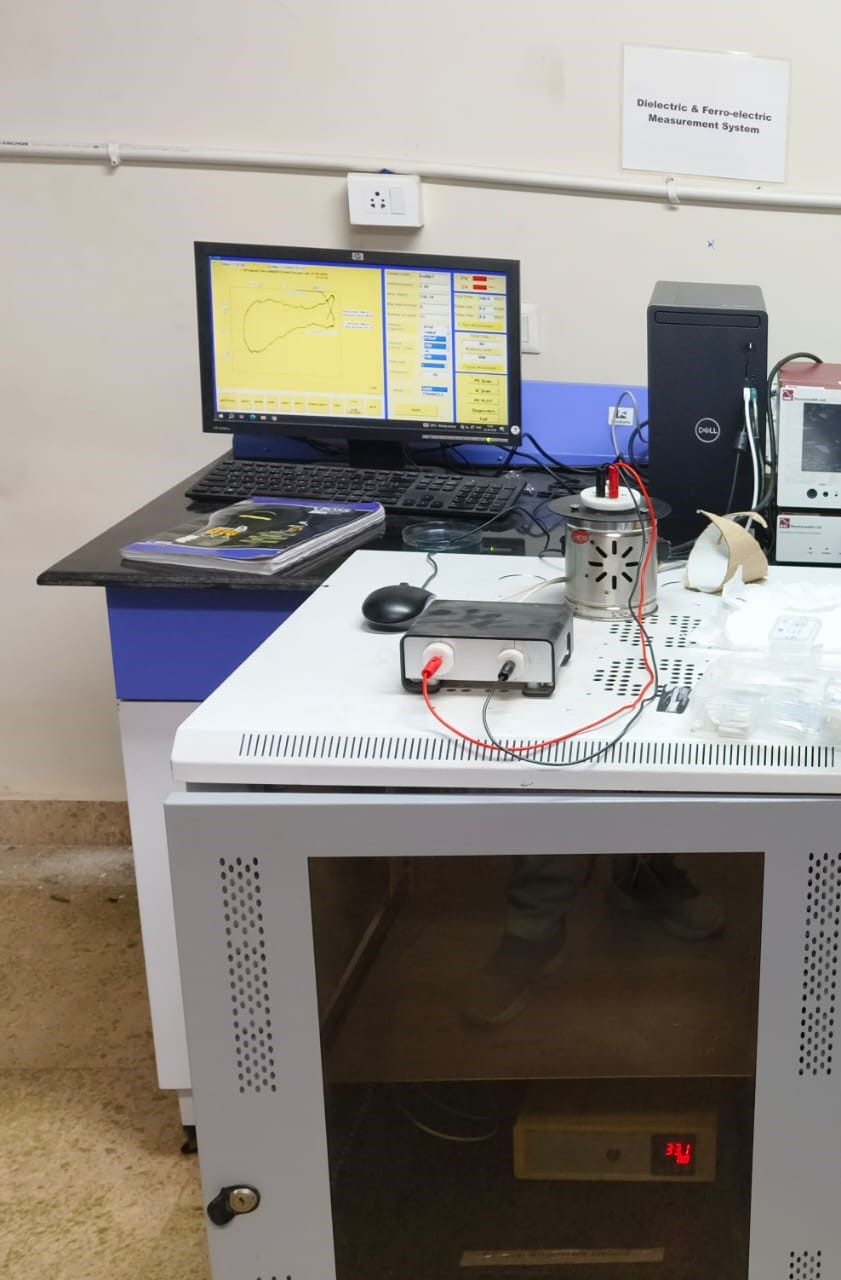
|
| Micro Balancer |
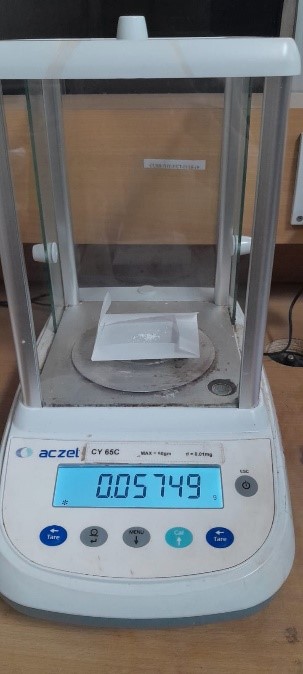
|
| Muffle Furnace |
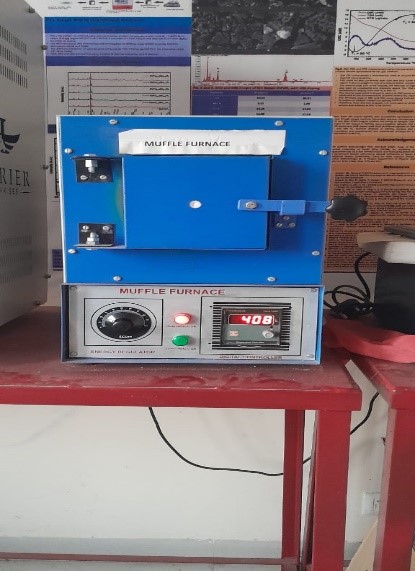
Muffle Furnace |
| X-Ray Diffractometer |
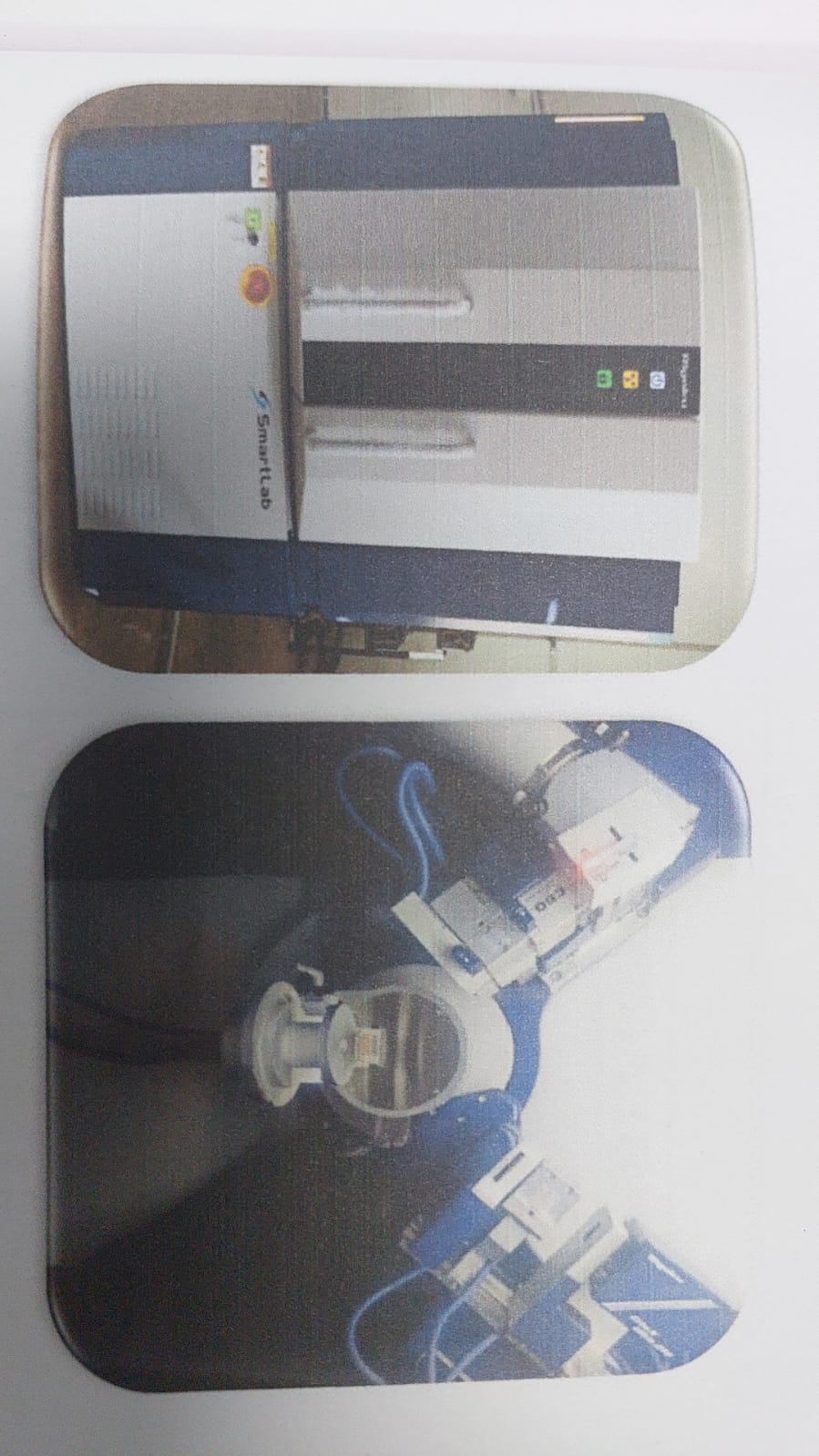
|
| High Temperature Muffle Furnace |
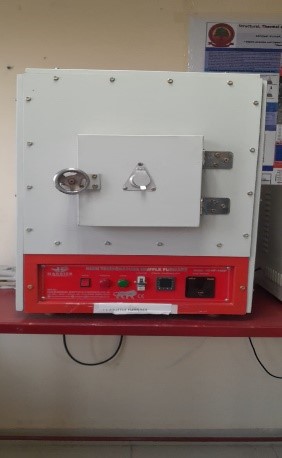
|
| Scanning Tunneling Microscope |
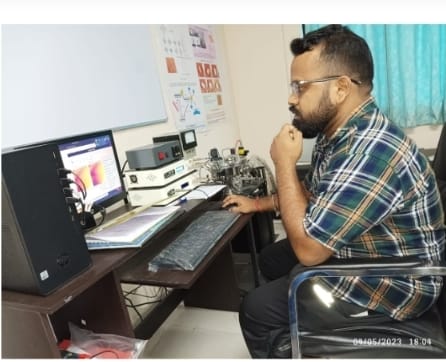
Scanning Tunneling Microscope |
Research facilities available in Functional Materials Research Group (Dr. Rohit R Shahi)
- ) Mechanical Miller The developed indigenous mechanical milling facility is available for the synthesis of different nanomaterial. The deigned planetary type mechanical miller has facilities for millings at high RPM under high pressure reactive milling (under hydrogen pressure/inter gas). Also this miller has twin motion possibility (Circular and Spin). The developed mechanical miller significantly produced several nanomaterials having particle size in the range of 20-30 nm. Moreover this facility has been utilized for the synthesis different nanomaterials for hydrogen storage application and mainly for the synthesis of nanocrystalline High Entropy Alloys and other nanoamterials and alloys
- Glove Box Facility: In order to synthesize nanocrstalline MgH2/Li-Mg-N-H materials it was required that the materials must be transferred in a glove box to avoid the formation of oxide compound. Once the surface oxide and/or oxide compound is formed the material could not able to absorbed hydrogen. An automated glove box has been procured from Biostag for aforesaid purpose.
- Vacuum Sealing Arrangement: An indigenous vacuum sealing technique is also developed at Department of Physics. Through this technique we will able to seal the synthesized materials under vacuum to study the effect of phase transformation and magnetic characteristics after annealing at different temperature.
- Programmable Vertical Furnace: A programmable vertical tubular furnace is available for temperature program desorption measurements as shown in adjacent Figure. This is a seven step programmable furnace can operate up to 1100oC.
- Programmable horizontal Tubular Furnace for the synthesis of carbon based nanostructure materials, various ZnO nanostructures and metallic nanoparticles and compounds through auto combustion
- Magnetic Stirrer with Hot Plate Two High precession Magnetic stirrer with hot plate working temperature upto 500oC for the synthesis of different nanomaterials/ particles.
- Silica tubes with flanges are used the synthesis/ annealing of different samples under vacuum.
- Hydrothermal Autoclave with Teflon and PPL inner lined vessel are procured for the synthesis of different nanoparticle.
- PH Meter: for the synthesis of different nanomaterials through chemical route.
- Vacuum pump: Two vacuum pums are available for various synthesis purposes.
Equipments for Property measurements of different materials
- Vickers Micro-Hardness Tester: A Vickers micro hardness tester to measure the mechanical properties of the synthesized alloys and other materials is available in the lab. This micro-hardness tester has Inbuilt Camera with image analysis Software, Hardness Measuring Range: 5-3000 Hv with Test Force: 0.09807, 0.2452, 0.4904, 0.9807, 1.961, 2.942, 4.904, 9.807 N, Auto Measurement of hardness through software attached with the unit.
- Hydrogen storage property measurement setup: indigenously developed a SS reactor and arrangement for water displacement method to study the hydrogen storage characteristics of synthesized materials.
- To study the properties related to supper capacitor and corrosion Ag/Agcl and reference electrode along with cell are available.
Nuclear and Particle Physics
| Lab View with FPGA |
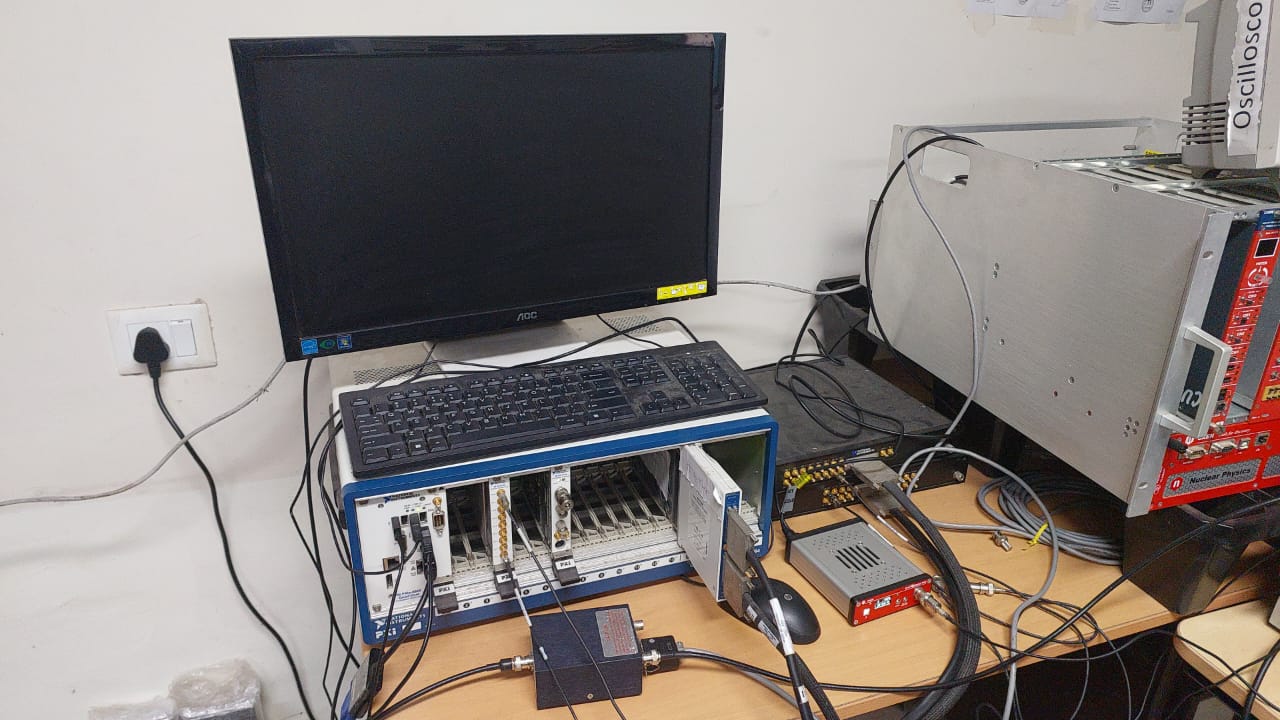
|
| Gama Ray Spectrometer using SCA |
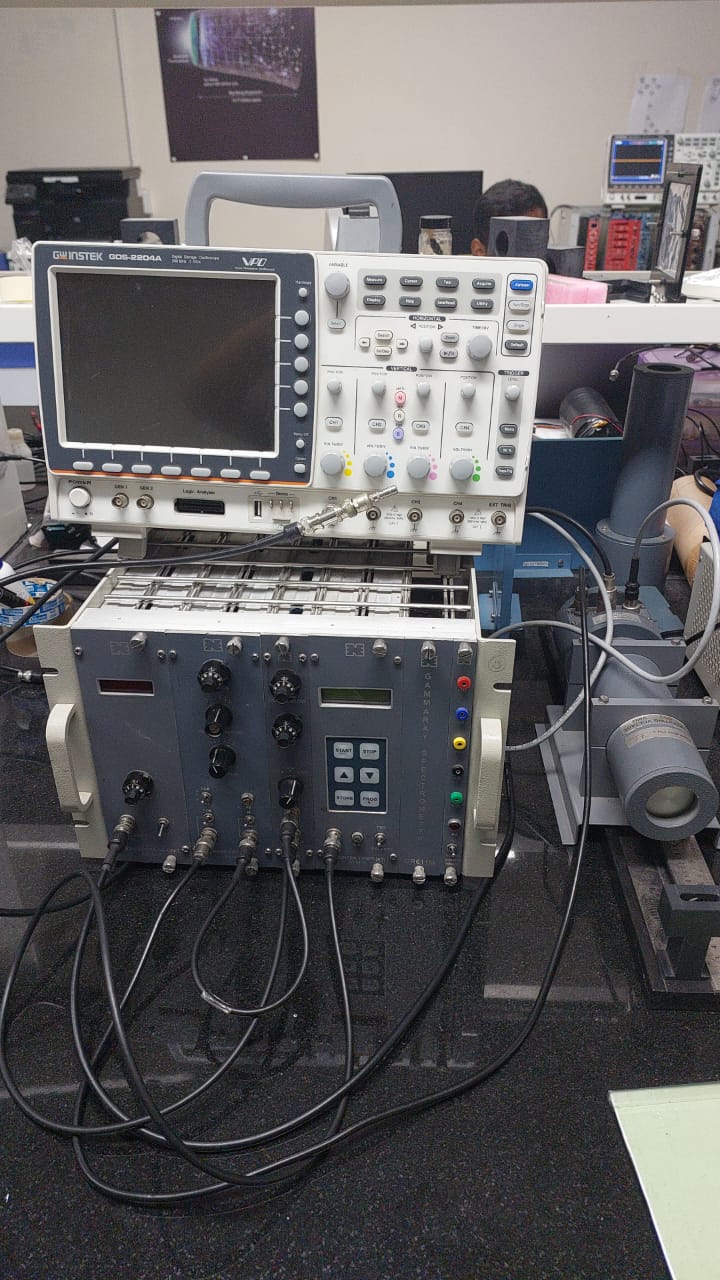
|
| Multi-Channel Analyzer (MCA) |
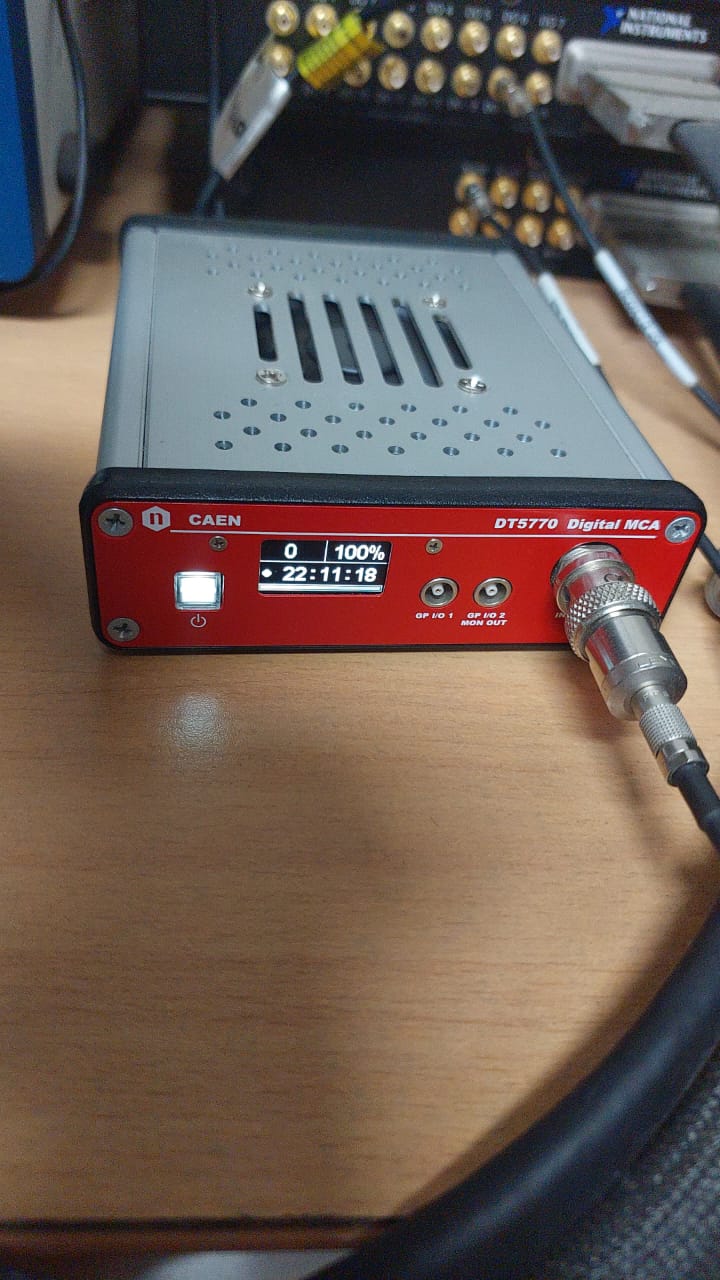
|
| NIM - Modules |
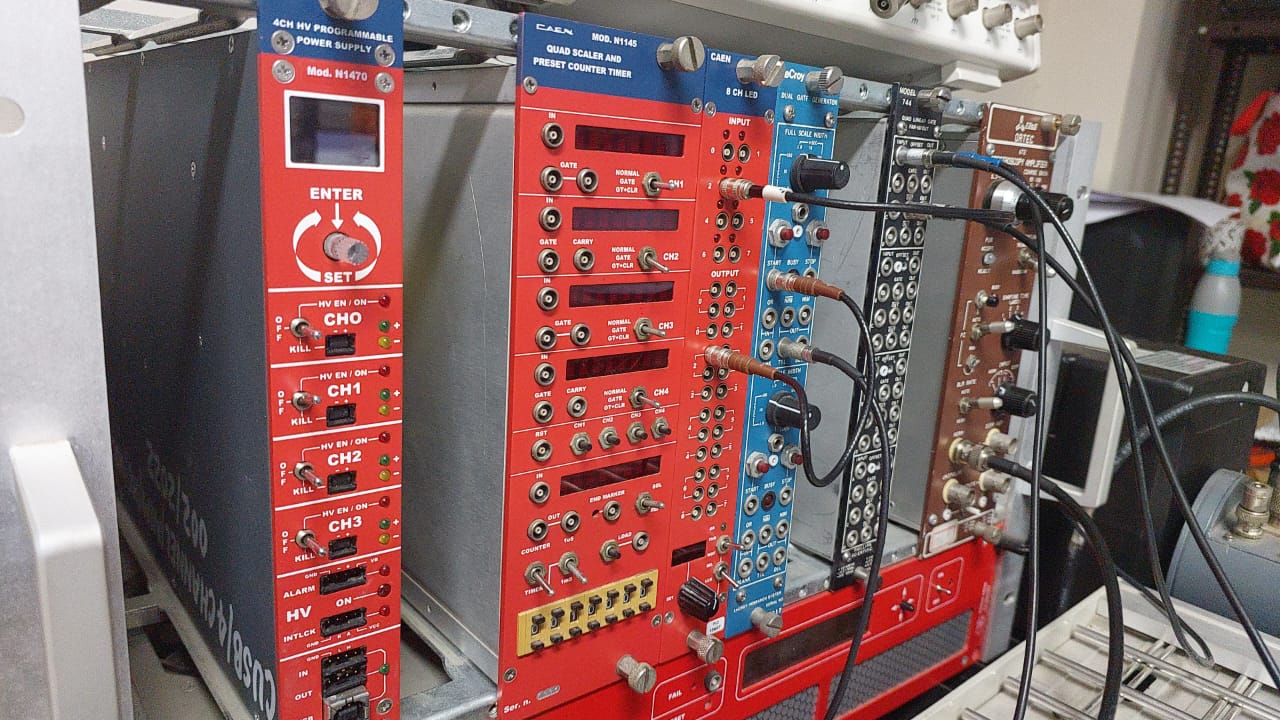
|
| Cosmic Ray Telescope |
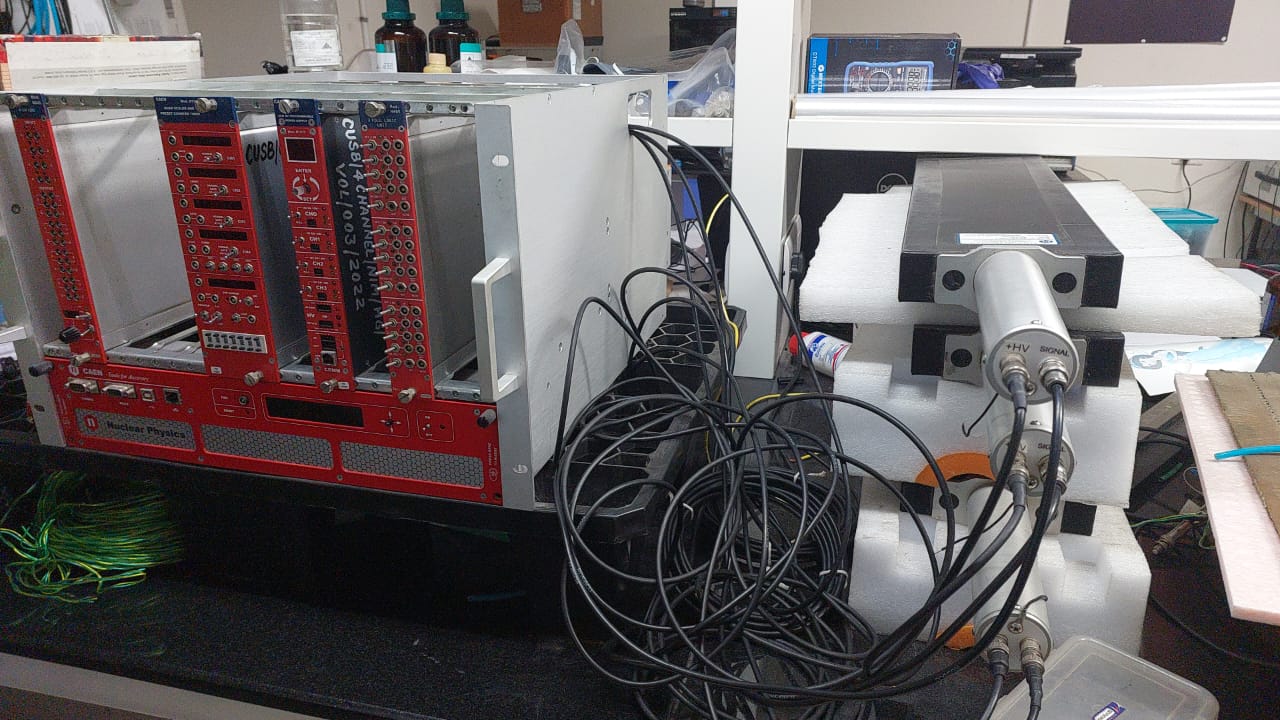
|
| PXIe -based DAQ |
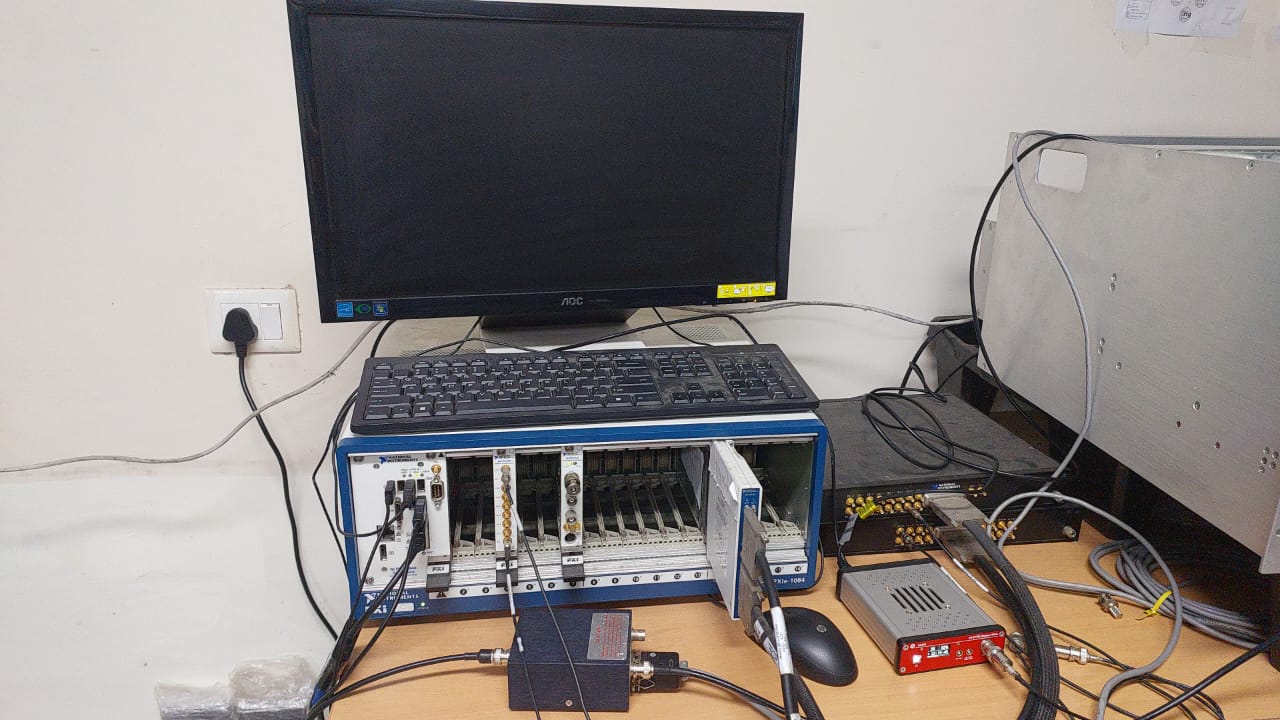
|
| Neutron Detector |

|
| HPGe Detector |
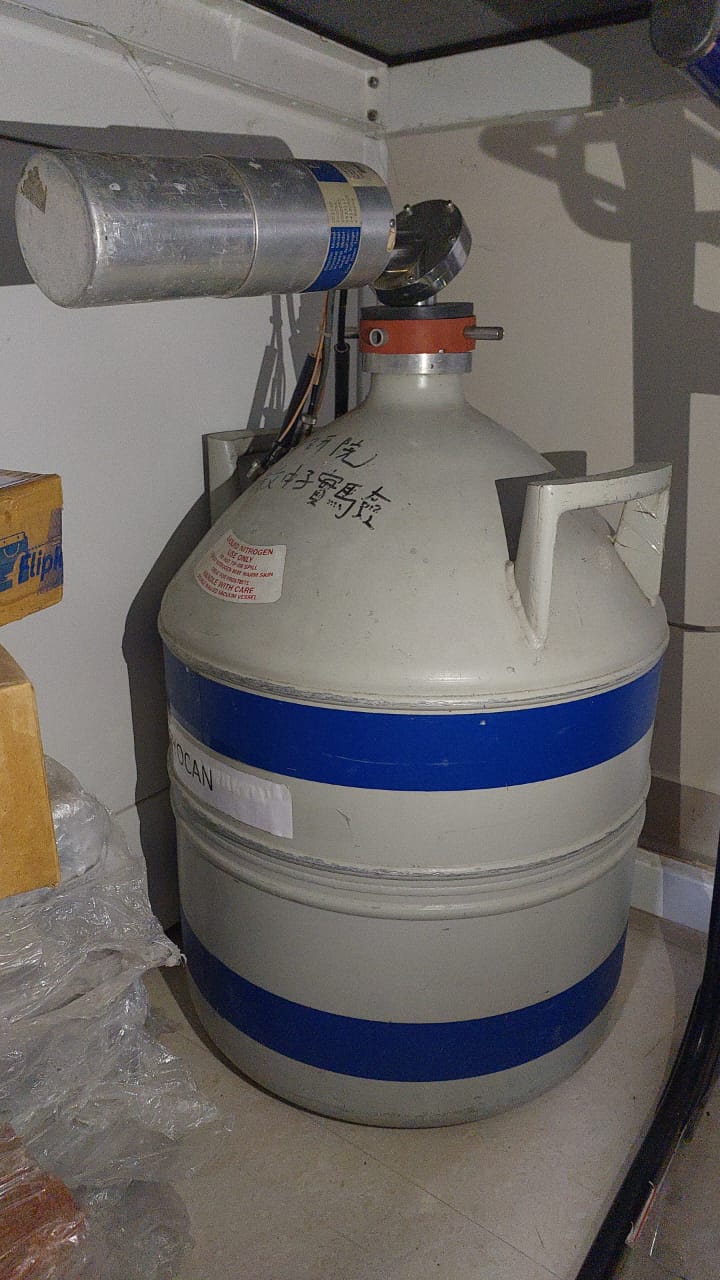
|
| Gamma Ray Spectrometer with NaI (Tl) |

|
| GM Counter |
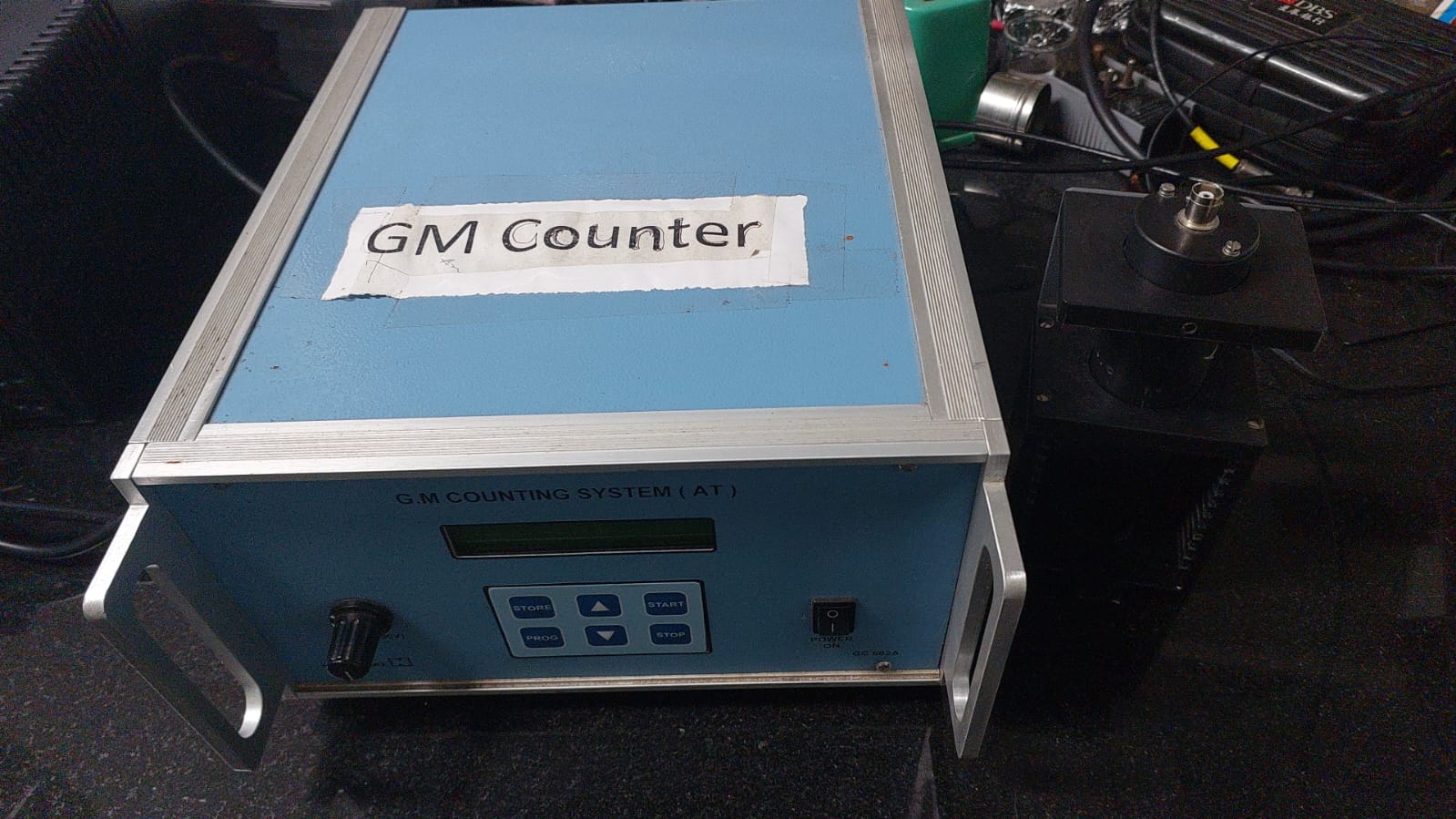
|
- Geiger Muller Counting Systems: Geiger Muller (G.M.) counting systems are used to carrying out a number of Nuclear Physics experiments such as Characteristics curve of a G.M. Detector, to verify the inverse square law for Gamma, Radiation, determination of Beta Absorption correlation factor, efficiency of G.M. Counter for Beta, Radiation, determination of the back scattering factor of a material for beta rays etc,.
- Gamma Ray Spectrometer with NaI (Tl) : These experimental setups are to acquaint the student with some of the basic techniques used for measuring gamma rays such as energy ccalibration, energy Analysis of an unknown gamma source, energy resolution, activity of a gamma emitter, mass aabsorption coefficient, etc.
- HPGe Detector: High Purity Germanium (HPGe) is the novel radiation detection technology that has excellent energy resolution and provides sufficient information to accurately and reliably identify radio nuclides from their passive gamma ray emissions.
- Cosmic Ray Telescope: To detect the cosmic ray, array of four plastic scintillator detectors has been commissioned.
- PXIe -based DAQ: The data acquisition system (DAQ) is an important part of experiments. A typical modern data acquisition system performs the following processes: acquiring signals from real world phenomena, analyzing the trigger, digitizing the signals, and presenting and saving the data. The DAQ in operation at CUSB is built around National Instruments (NI) PXIe-1084 chassis with an embedded PXIe-8840 controller and extended by the PXI FPGA FlexRIO, PXI Digitizer 60MS/s, PXI Digitizer200MS/s, etc.
- Multi-Channel Analyzer (MCA): Multichannel Analyzers (MCAs) are workhorse instruments nuclear spectroscopy. Our Nuclear Lab has different kind to MCA to record and analysis the spectrum from scintillator and HPGe detector.
- Neutron Detector: Neutrons have no electrical charge; therefore, they cannot directly produce ionization in a detector. It means that neutron is much harder to detect. Pulse shapediscrimination is performed to identify if the signal is generated by a gamma ray or a neutron. In order to optimized the pulse shapediscrimination various R&D work is going with neutron detector.
- NIM - Modules: In order to process the digital signal, Nuclear Lab equipped with several general purposes NIM (Nuclear Instrumentation) modules such as discriminators, counters, high voltage with both polarities. amplifiers, shapers, gate generators, coincidence, Fan-in/fan-out, etc.
UG/PG Lab facility

|

|
List of Experiments UG/PG(new experiments are added time to time)
- To study Hydrogen spectrum and determine Rydberg’s constant with the help of spectrometer diffraction grating and a Hydrogen spectrum tube.
- To determine wavelength of sodium light by Fresnel’s Biprism method.
- To determine specific rotation of sugar using polarimeter.
- To measure radius of curvature of a Plano-convex lens using Newton’s ring apparatus.
- Determination of wavelength of sodium light using Newton’s ring apparatus.
- To determine wavelength of sodium light by diffraction grating using spectrometer.
- To verify Network Theorems (Norton, Thevenin, superposition and maximum power transfer) and to find equivalent current source circuit.
- To study transient response in R-C circuit
- Measurement of frequency and phase using Lissajous figure.
- To study applications of operational amplifier as adder, substractor and buffer.
- Construction and verification of Up / Down, synchronous/ asynchronous, ripple decade counters and 4 bits universal shift register.
- To measure the charge to mass ratio (e/m) of the electron.
- To find speed of sound using resonance column.
- To study and construct different type of holographic photographs.
- To verify Faraday and Lenz’s law of induction by measuring the induced voltage as function of time.
- To determine the speed of light in air
- To observe the dependence of the high frequency response of the analog link on D.C. Current passing through the photo transmitter.
- To determine Bohr magneton and specific charge (e/m) of electron using Zeeman apparatus.
- To determine Verdet’s constant from the relation between rotation angle and magnetic flux using Faraday Effect apparatus.
- To determine wavelength of laser using Michelson interferometer.
- To study drain and transfer characteristics of JFET.
- To study drain and transfer characteristics of MOSFET.
- To study input, output and transfer characteristics of PNP / NPN transistor in CB mode.
- To study input, output and transfer characteristics of PNP / NPN transistor in CE mode.
- Application of IC- 555 as Pulse Generator Sequential Timer and pulse with modulator.
- Construction and verification of half adder, full adder, half substractor, and full substractor using combinational circuits.
- To construct and study JK, JKMS and T Flip flops
- Determination of ᵱ (rho) the resistance per unit length of a Carey Foster’s bridge and find the melting point of given substance using Platinum resistance thermometer.
- To study NAND gate as universal gate.
- To study and verify binary storage counter, type t Flip – Flop, Up, Down and Decimal counter.
- Construction and verification of Up / Down, synchronous/ asynchronous, ripple decade counters and 4 bits universal shift register.
- Research Lab




